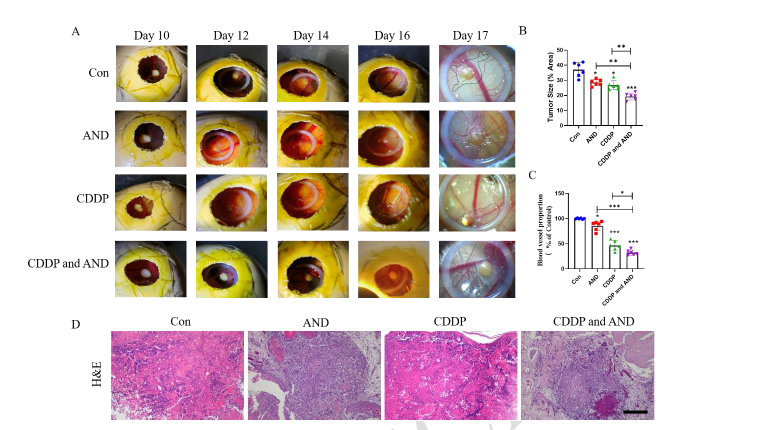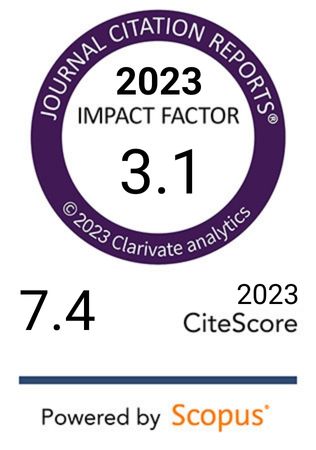Andrographolide suppresses cervical cancer progression by targeting angiogenesis and inducing apoptosis in a CAM-PDX model
DOI:
https://doi.org/10.17305/bb.2025.11432Keywords:
Cervical cancer, andrographolide, AND, angiogenesis inhibition, chorioallantoic membrane patient-derived xenograft, CAM-PDXAbstract
Cervical cancer poses significant clinical challenges, particularly in advanced stages. This study explores the therapeutic potential of andrographolide (AND), a bioactive compound derived from Andrographis paniculata, in mitigating cervical cancer progression using the chick embryo chorioallantoic membrane patient-derived xenograft (CAM-PDX) model. The model was validated through hematoxylin–eosin (H&E) staining and immunohistochemistry, which confirmed its ability to accurately replicate the histological and molecular characteristics of patient-derived xenografts (PDXs), establishing its reliability for therapeutic screening. A dose of 20 mg/kg AND was selected for further evaluation based on preliminary chorioallantoic membrane (CAM) assay findings. In the CAM-PDX model, AND significantly inhibited tumor growth, primarily by reducing angiogenesis and vessel density. Immunohistochemical analysis revealed that AND downregulated key proteins associated with cancer cell proliferation and survival, including Ki67, B-cell lymphoma 2 (BCL-2), and Erythroblast transformation-specific-related gene (ERG). These results indicate that AND not only disrupts tumor angiogenesis but also induces cell cycle arrest and promotes apoptosis in cervical cancer cells. In summary, this study successfully established a reproducible CAM-PDX model for drug evaluation and highlighted the potential of AND as a promising therapeutic candidate for cervical cancer, warranting further clinical investigation.
Citations
Downloads

Downloads
Published
License
Copyright (c) 2025 Wanwan Zou, Jun Lou, Yun Yi, Yiming Cui, Xiaoyan Chu

This work is licensed under a Creative Commons Attribution 4.0 International License.









